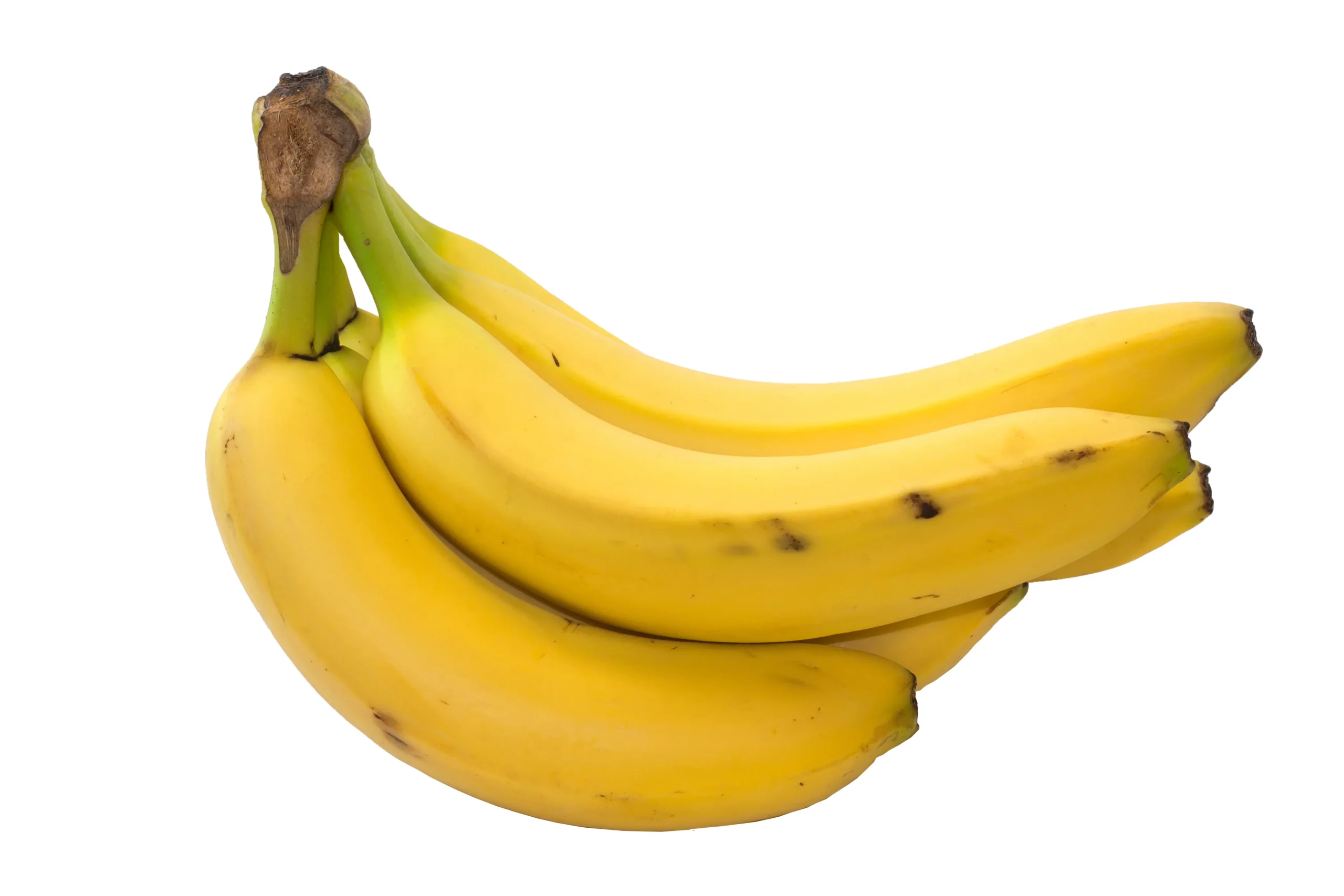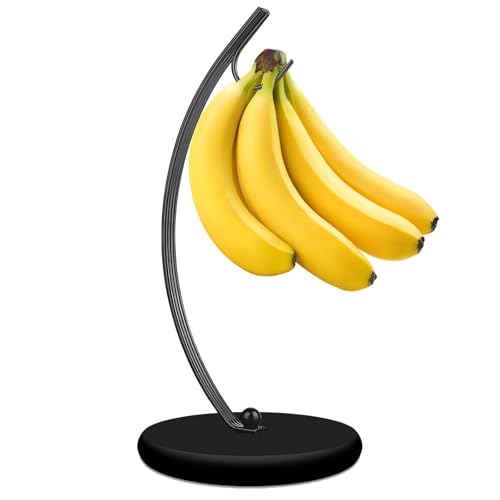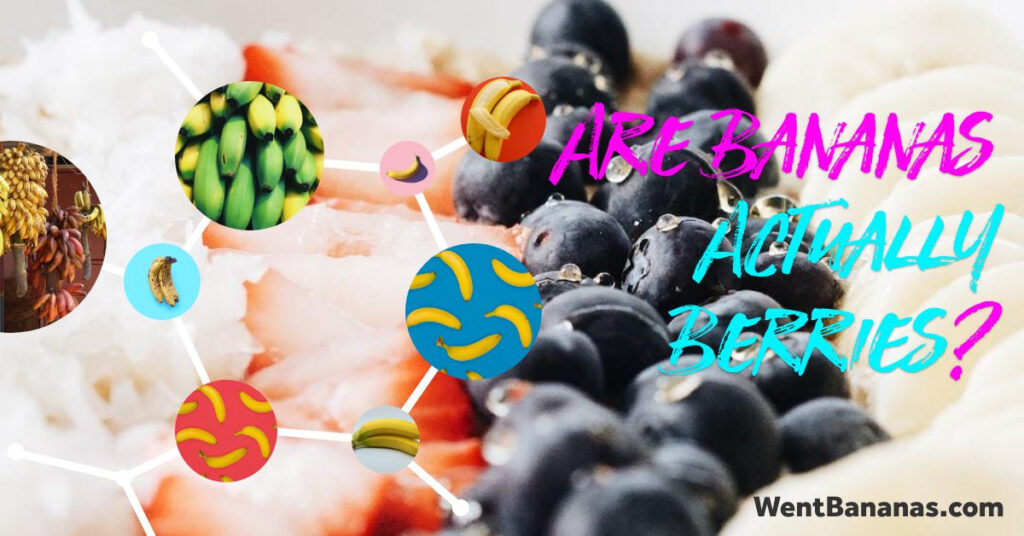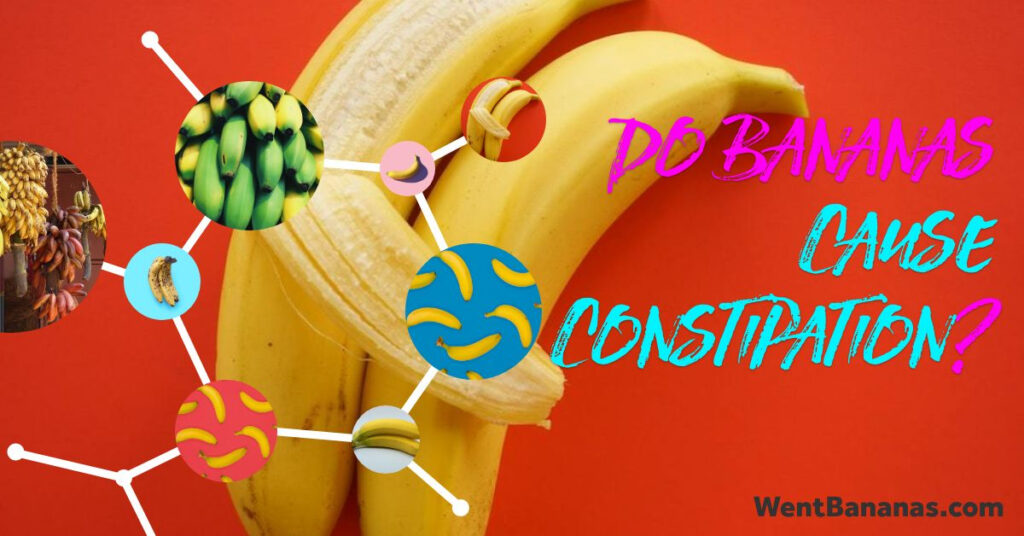What Factors Affect Banana Size and Why It Matters: A Comprehensive Guide
Bananas are one of the most popular fruits in the world, enjoyed by millions of people every day. But have you ever wondered why some bananas are so much bigger than others? In this article, we will explore the topic of banana size, delving into the factors that can affect the size of this fruit, how it compares to other fruits, and why size may matter to both consumers and growers. Whether you’re a banana enthusiast or simply curious about this beloved fruit, keep reading to learn more!
The average size of a banana is
The average size of a banana is often overlooked, but it plays a crucial role in understanding the nutritional value of this fruit. Bananas are available in different sizes, ranging from small finger bananas to large Cavendish bananas.
The average size of a banana varies depending on various factors such as soil quality, climate conditions, and cultivation practices. Generally speaking, bananas grown in tropical regions tend to be larger than those grown in subtropical areas.

Interestingly enough, the average size of a banana has increased over time due to selective breeding and improved farming practices. In fact, modern-day bananas can grow up to 12 inches long!
The size of a banana also affects its nutritional content. Larger bananas tend to contain more calories and carbs than smaller ones. However, both small and large bananas contain essential vitamins and minerals such as vitamin C and potassium.
In conclusion, understanding the average size of a banana is an important aspect for anyone looking to learn more about this popular fruit. Whether you prefer your bananas small or large, they are packed with nutrients that can benefit your overall health and well-being.
How can the size of a banana vary by type and growing conditions?
Bananas, known for their curved shape and delicious taste, come in a variety of sizes depending on the type and growing conditions. From petite to jumbo, the size of bananas can vary significantly.
The most common type of banana is the Cavendish, which typically ranges from six to nine inches in length. However, other varieties such as the Burro and Lady Finger can be much smaller, averaging only three to four inches long. On the other hand, some types like Gros Michel and Red Bananas can grow up to 12 inches!
Growing conditions also play a significant role in determining banana size. Factors such as soil quality, temperature, and moisture levels can impact how large or small a banana will grow. For example, bananas grown in cooler temperatures tend to be smaller than those grown in warmer climates.
Interestingly enough, bananas are also sometimes intentionally harvested at different stages of ripeness for various purposes. In some cases where smaller sized bananas are desirable for specific recipes or products like baby food.
Overall though it may seem like an insignificant detail when purchasing your bunch from your local grocery store or market but knowing about how different variables impact banana size gives us insight into this beloved fruit’s diversity!
Comparing the size of a banana to other fruits and objects
When it comes to size comparisons between bananas and other fruits or objects, one thing is clear: bananas are not just your average fruit. In fact, they come in a variety of sizes and shapes that can make them stand out from the rest.
To get an idea of just how big (or small) a banana can be compared to other fruits, let’s take a closer look at some common comparisons. For starters, did you know that the average banana is about 7-8 inches long? This puts it in the same size category as most apples or pears.

But what about other fruits? How does a banana compare to something like a grapefruit or watermelon? Well, when it comes to sheer size alone, there’s no denying that bananas are on the smaller side. A typical grapefruit can range anywhere from 4-6 inches in diameter while even small watermelons can weigh upwards of 5 pounds!
But despite their relatively modest size compared to some fruits and objects, bananas pack quite the nutritional punch. They’re loaded with potassium (great for heart health), fiber (which aids digestion), and even contain vitamins B6 and C.
So while they may not be the biggest fruit out there, bananas certainly hold their own when it comes to nutritional value. And with so many different sizes available (from tiny ladyfinger bananas to extra-large plantains), there’s sure to be a perfect sized banana for everyone’s needs!
Why may the size of a banana matter to consumers or growers?
While many consumers and growers may overlook the size of a banana, it can actually play a significant role in their experience. The size of a banana can affect its taste, texture, and even its nutritional value.
For consumers, choosing the right size banana can make all the difference in taste. Larger bananas may have a more diluted flavor and less sweetness compared to smaller ones. On the other hand, smaller bananas tend to be sweeter and more flavorful due to their higher concentration of sugars.
In addition, the size of a banana can also impact its texture. Smaller bananas tend to be firmer and denser while larger bananas are often softer and have more water content. Depending on personal preferences or intended use (such as baking or smoothie-making), selecting the appropriate size can greatly enhance one’s enjoyment of this tropical fruit.

« What is the Right Size Banana for Baby-Led Weaning? Expert Tips and Tricks
Discover the Best Bananas in Kerala: A Guide to the Region’s Unique Varieties and Flavors »
For growers, understanding how size affects banana quality is crucial for maximizing yield and profits. Smaller bananas often require less time to mature but may not reach optimal sweetness levels while larger ones take longer but offer greater potential for sale at premium prices.
Ultimately, whether you’re a consumer or grower, paying attention to the seemingly small detail of banana size can lead to bigger rewards in terms of taste satisfaction or economic gain. So next time you reach for that bunch at your local grocery store or harvest from your own plantation – remember that every little bit counts!
Check out our other articles to find out even more about banana.
We’ve learned a lot about the size of bananas in this article and it’s clear that these fruits can range dramatically. Banana size is important to consider for both consumers, who may be looking for large or small sized bananas, as well as growers, who have specific banana sizes they are aiming to achieve. If you’re interested in learning even more about banansa, make sure to check out our other articles!

















